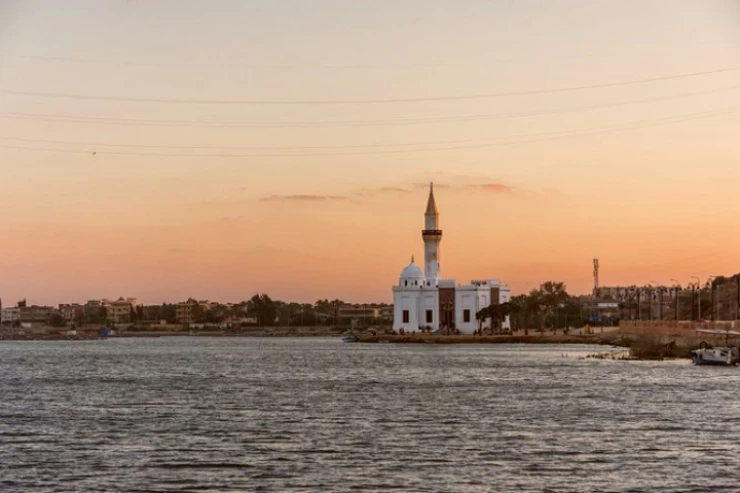
Ptolemy III the Ptolemies in Egypt
The Kings of the Ptolemaic state of Egypt and Ptolemy's second son, Philadelphius, followed. He fought the Levant to avenge his sister, who was killed with her son before the arrival of the Egyptian army. He captured Babylon and, thanks to the power of the Egyptian fleet, was estimated to control part of Southeast Asia Minor. It is permissible for "Brenniki the second", a Cornish princess and the daughter of Magas, the brother of his father, who is not a brother, to strengthen the status of Egypt through marriage. During his reign, Egypt remained a great power and a capital of Culture, Science, and light in the Mediterranean region.
External expansions
Not much is known about Ptolemy the next's upbringing and life before the year 245 BC. After a long courtship, Berenice the second married the daughter of the "MAGAs" King of Corneia, and it was estimated that he included Corneia of Egypt, which she separated from in 258 BC.
Ptolemy followed up on his work on Dahab
The Egyptian fleet estimated that it was penetrating the southeast of Asia Minor and capturing the islands along the coast of Asia Minor. At the same time, the land forces led by Ptolemy the next were estimated to be advancing in Mesopotamia ( Mesopotamia ) as far as Babylon. A year later, when the Ptolemaic peace agreement came into effect, he vacated part of Syria, including Antioch, areas in Asia Minor, and the Cilician region, part of the Ptolemaic Egyptian kingdom.
Despite his efforts, Ptolemy tried to spare Egypt the wars that Dyer preferred in Syria and Macedonia between the conflicting Kings there and between the Macedonians and the Spartans. He was content to assist in the affected areas, as he provided assistance to Rhodes, which was hit by a massive earthquake, and granted asylum to the king of Sparta in 222 BC.
Ptolemy's next concern was to preserve his kingdom and leave Egypt strong, stable, and advanced, so he relied on diplomacy in conducting Egypt's relations with the outside world.
Internal modifications
T Ptolemy the next, continued to develop the Fayum area, to which his father, Ptolemy the second, paid attention and began to develop it. It is considered the year when the Ptolemaic state was founded in Egypt, and the Macedonian year was replaced by the Egyptian solar year. And the canopic decree was issued by the Egyptian priesthood council that the Real year is 365 and a quarter days long
Ptolemy, the next repaired the Egyptian statues and temples that were destroyed by the Persians when they invaded Egypt before Alexander the Great, and donated to the Egyptian temples and won the love of the Egyptians.
As a beautiful response from the Egyptian priests, they created a special system to honor Ptolemy the next and his wives, and made annual feasts to celebrate them, and linked their deceased daughter with the god Osiris and made rituals for her.
In Alexandria, which has remained the capital of Science and light in the world, the cultural growth and scientific activity continued. During the reign of Ptolemy, the following lived the linguist Aristophanes, who studied in the schools of Alexandria and remained the head of the library of Alexandria, and lived Aratosthenes, the inventor of astronomical geography, who was the head of the Alexandrian Mathematics School and corrected historical mistakes made by maniton, the poet Apollonius, and the writer of the tragedies Lycophorn.
Ptolemy the second married Berenice, the second daughter of Magas, the brother of his famous father, who was called Cleopatra, the second Queen of Egypt in the Ptolemaic era, and was succeeded by Ptolemy and Magas.
After Ptolemy, the next ruler made a will that his son Ptolemy IV would inherit the throne of Egypt. He died after ruling Egypt for 25 years, and made a great power and a rich and stable country out of it. For the daughter of a great kingdom, Malhash was like in the world at that time.
His coins
The following Ptolemaic coins had the inscription "to Ptolemy the king" around his head without his specific name. The coins of the Berenice women are inscribed "Berenice the Queen" with no specific name.















